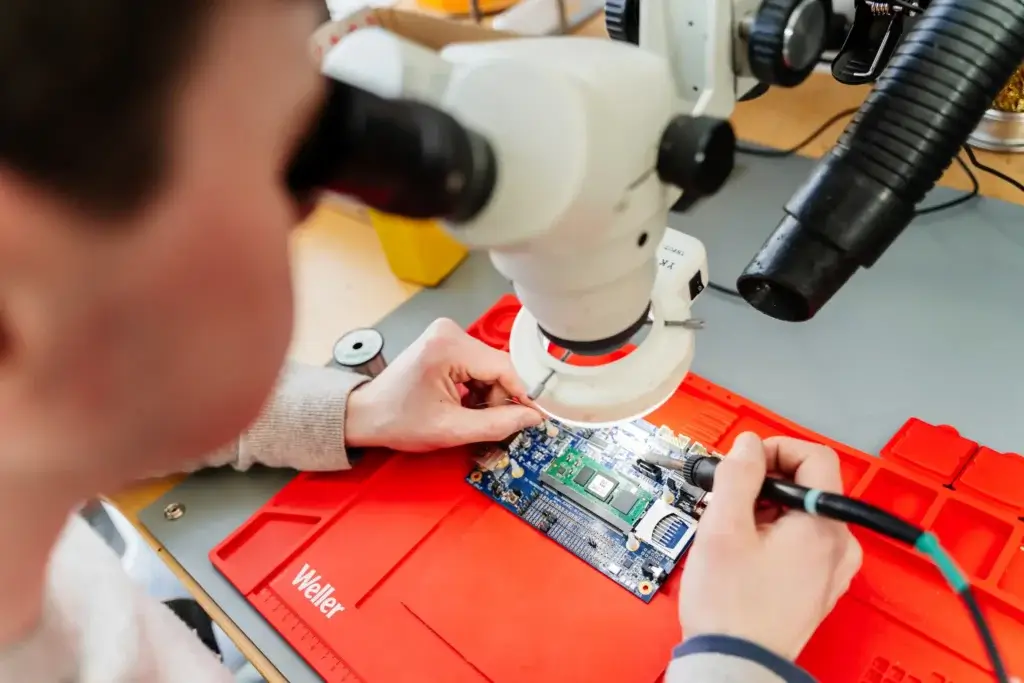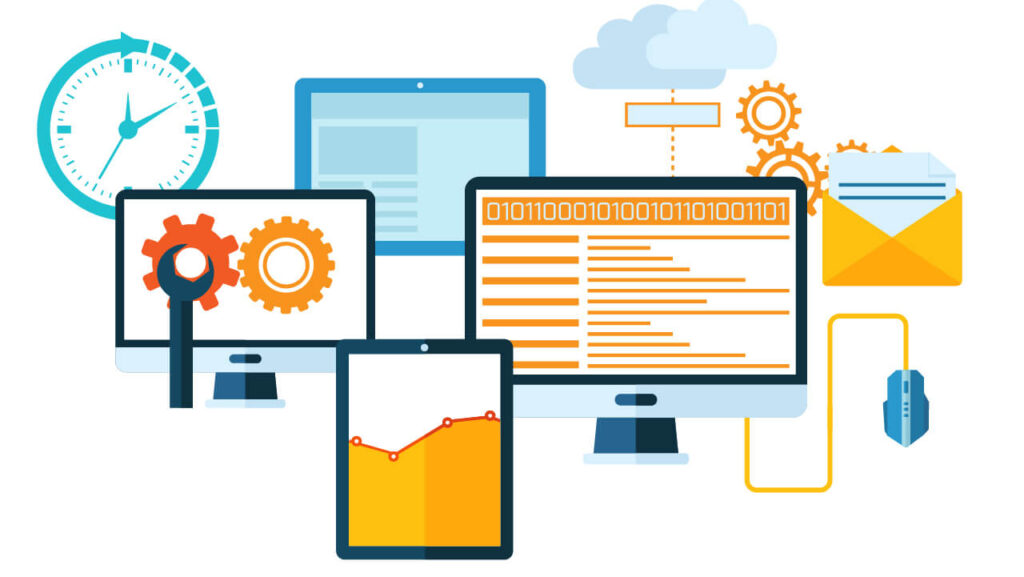In a world driven by innovation, embedded designers are the creative engineers behind every intelligent system, from IoT devices to automotive control units. They bridge the gap between hardware and software, turning raw components into smart, connected machines that shape our daily lives.
What Does an Embedded Designer Do?
An embedded designer creates the software and hardware integration that allows machines to “think” and respond intelligently. Their work involves programming microcontrollers, designing circuits, and ensuring every component works together seamlessly.
In short, they make complex technology simple, transforming ordinary hardware into extraordinary solutions.
Why Embedded Designers Are Essential for Modern Businesses
Modern industries rely on embedded systems to automate, monitor, and optimize performance. From smart homes and wearables to advanced industrial systems, embedded designers ensure everything operates efficiently and securely.
Key benefits of hiring professional embedded designers:
- Improved system efficiency and performance
- Enhanced security through optimized firmware
- Real-time data processing and control
- Lower energy consumption and faster response times
With embedded expertise, businesses gain a competitive edge in a rapidly digitizing world.
Skills That Make Expert Embedded Designers Stand Out
Top-tier embedded system designers combine deep technical knowledge with creativity. They master programming languages like C, C++, and Python, and work with tools such as Keil, STM32CubeIDE, and IAR Embedded Workbench.
Core expertise includes:
- Embedded firmware design and testing
- PCB design and circuit development
- IoT and sensor integration
- Wireless communication (Wi-Fi, BLE, Zigbee, LoRa)
- Real-time operating systems (RTOS)
This mix of hardware and software skill makes embedded designers the cornerstone of modern engineering.
Industries That Depend on Embedded Designers
The impact of embedded designers spans multiple industries:
- Automotive: Electric vehicles, ADAS, infotainment
- Healthcare: Wearable monitors, diagnostic devices
- Consumer Electronics: Smart TVs, home automation systems
- Industrial Automation: Robotics, control panels, PLCs
- Telecommunications: Routers, modems, and IoT gateways
Every smart device you use today has an embedded designer’s innovation at its core.
How Embedded Designers Power IoT Innovation
In the Internet of Things (IoT) era, embedded designers create devices that connect, communicate, and make decisions autonomously. Their designs enable real-time data sharing and automation, essential for industries aiming to scale digitally.
By combining low-power design, secure communication, and AI at the edge, they pave the way for smarter cities, homes, and industries.
The Future of Embedded Designers
As AI, automation, and edge computing evolve, embedded designers will become even more valuable. Future devices will not only respond, but also predict and adapt. Designers who can integrate machine learning into embedded systems will lead the next technological revolution.
The demand for skilled embedded designers is rising across startups and global enterprises alike, and their expertise is becoming a key driver of innovation.
Conclusion – Embedded Designers
Embedded designers are the unseen innovators powering the digital age. Their creativity and precision make technology more intelligent, efficient, and human-friendly.
If you’re building the next big IoT device, industrial solution, or smart consumer product, partnering with expert embedded designers is your smartest move.
They don’t just design systems, they create the future.








